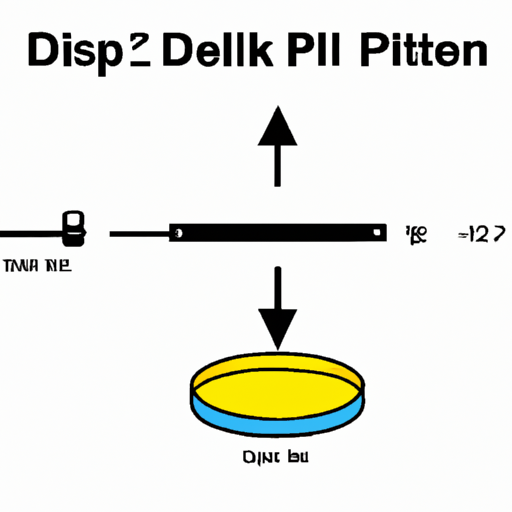A dip-dial potential meter is a device used to measure the potential difference between two points in an electrical circuit. It consists of a dial or knob that can be turned to adjust the resistance in the circuit, allowing the user to find the point at which the potential difference is zero. This article will explain how a dip-dial potential meter works, its components, and how it is used in practical applications.

A dip-dial potential meter typically consists of the following components:
1. Dial or knob: This is used to adjust the resistance in the circuit. By turning the dial, the user can change the resistance until the potential difference between the two points is zero.
2. Resistance wire: The resistance wire is connected between the two points in the circuit where the potential difference is to be measured. The resistance wire is typically made of a material with a high resistivity, such as nichrome.
3. Galvanometer: The galvanometer is used to measure the current flowing through the circuit. It is connected in series with the resistance wire and provides a visual indication of the current flow.
4. Battery: The battery is used to provide a constant voltage source for the circuit. It is connected in series with the resistance wire and the galvanometer.
How a Dip-Dial Potential Meter Works
To understand how a dip-dial potential meter works, let's consider a simple circuit consisting of a battery, a resistance wire, and a galvanometer. The resistance wire is connected between the positive terminal of the battery and the negative terminal, forming a complete circuit. The galvanometer is connected in series with the resistance wire.
When the dial of the potential meter is turned to its minimum resistance setting, the potential difference between the two points in the circuit will be at its maximum. This is because the resistance wire offers the least resistance to the flow of current, allowing the full voltage of the battery to be applied across the two points.
As the dial is turned to increase the resistance in the circuit, the potential difference between the two points will decrease. This is because the resistance wire is now offering more resistance to the flow of current, causing a voltage drop across it. The galvanometer will indicate a decrease in current flow as the resistance is increased.
The user continues to adjust the dial until the galvanometer reads zero, indicating that the potential difference between the two points in the circuit is zero. At this point, the resistance in the circuit is equal to the internal resistance of the battery, and the potential difference has been effectively nullified.
Practical Applications of Dip-Dial Potential Meters
Dip-dial potential meters are commonly used in electrical and electronic circuits for a variety of purposes. Some of the practical applications of dip-dial potential meters include:
1. Voltage measurements: Dip-dial potential meters are used to measure the potential difference between two points in a circuit. By adjusting the resistance in the circuit, the user can find the point at which the potential difference is zero, allowing for accurate voltage measurements.
2. Calibration of instruments: Dip-dial potential meters are used to calibrate instruments such as voltmeters and ammeters. By comparing the readings of the instrument with the readings obtained from the potential meter, the accuracy of the instrument can be verified and adjusted if necessary.
3. Circuit testing: Dip-dial potential meters are used to test the integrity of electrical circuits. By measuring the potential difference between different points in the circuit, the user can identify any faults or discrepancies in the circuit.
4. Resistance measurements: Dip-dial potential meters can also be used to measure the resistance of a component in a circuit. By adjusting the resistance in the circuit until the potential difference is zero, the user can calculate the resistance of the component using Ohm's law.
In conclusion, a dip-dial potential meter is a versatile device used to measure the potential difference between two points in an electrical circuit. By adjusting the resistance in the circuit, the user can nullify the potential difference and obtain accurate voltage measurements. Dip-dial potential meters are commonly used in various applications, including voltage measurements, calibration of instruments, circuit testing, and resistance measurements. Their simplicity and effectiveness make them an essential tool for anyone working with electrical circuits.